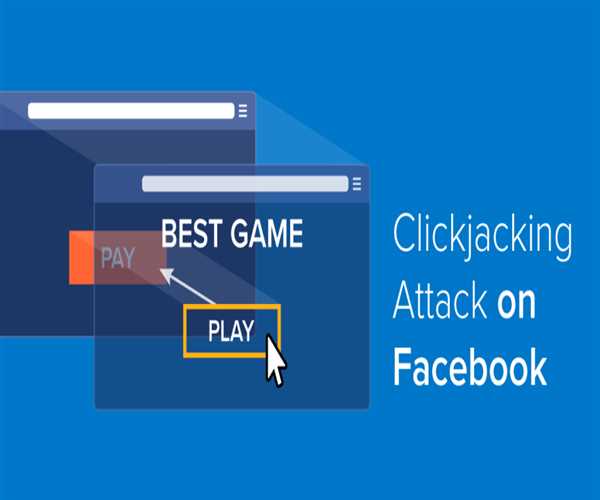ClickJacking (also known as UI redressing) is a malicious technique used by hackers to trick unsuspecting users into clicking on something they did not intend to click on. It is usually accomplished by hiding a transparent link or button underneath something a user does intend to click on. Depending on the link or button that the user clicks on, the hacker may be able to steal personal information, log keystrokes, or even take control of the user’s computer.
Clickjacking is an increasingly common type of cyber attack which targets websites by manipulating the way users interact with them. It works by overlaying a malicious website on top of a legitimate website, allowing an attacker to hijack the user's clicks and use them to perform an action they did not intend. In other words, the attacker can use the user's clicks to perform actions on the website that the user did not authorize.
Clickjacking attacks can have serious consequences, such as stealing personal information, accessing sensitive data, or even deleting files. As such, it is important to understand what clickjacking is and how to protect against it.
At its core, clickjacking is a form of UI redressing. It works by overlaying an invisible layer on top of a legitimate website, allowing an attacker to hijack the user’s clicks and use them to perform an action they did not intend. This can be done by using a variety of techniques, such as using hidden frames or invisible layers, or by manipulating the page design.
So, how can you protect your website from ClickJacking?

- The simplest way is to add a few lines of code to your website that will prevent the attack from occurring. This code is known as a “frame-killer” and it essentially prevents malicious sites from loading into the browser window.
- Another solution is to use the X-Frame-Options HTTP response header. This header tells the browser not to display any content in a frame or iframe. This will prevent attackers from loading malicious content into your website.
- In addition, web developers should consider using techniques such as frame busting or frame killing. Frame busting works by preventing a website from being loaded in an invisible frame, while frame killing works by preventing the website from being loaded in any frame at all. These techniques can help protect against clickjacking attacks.
- It is also important to be aware of suspicious activity on your website. If you see any unexpected clicks or sudden changes to the page, it could be an indication that someone is attempting to hijack your website. If this is the case, it is important to take action and address the issue as soon as possible.
- You should also make sure that all of your websites are running the latest software and are patched against any known vulnerabilities. This includes updating your web server, and web application frameworks, and keeping your web browsers up-to-date. the first step is to ensure that the website is secure. This includes basic security measures such as making sure the website is regularly updated and patched, and that security protocols are in place. It is also important to ensure that any user input is validated and any user-generated content is sanitized.
- Finally, it is important to stay informed and up-to-date on the latest security threats. This includes staying up-to-date on new clickjacking techniques and staying vigilant when it comes to suspicious activity on your website. Taking these steps can help protect your website from clickjacking attacks.
Although these solutions can help protect your website from ClickJacking attacks, the most effective way to prevent them is to stay vigilant and educate your users about the potential dangers of clicking on suspicious links. By teaching users to be aware of the potential risks, they will be less likely to fall victim to this form of attack.